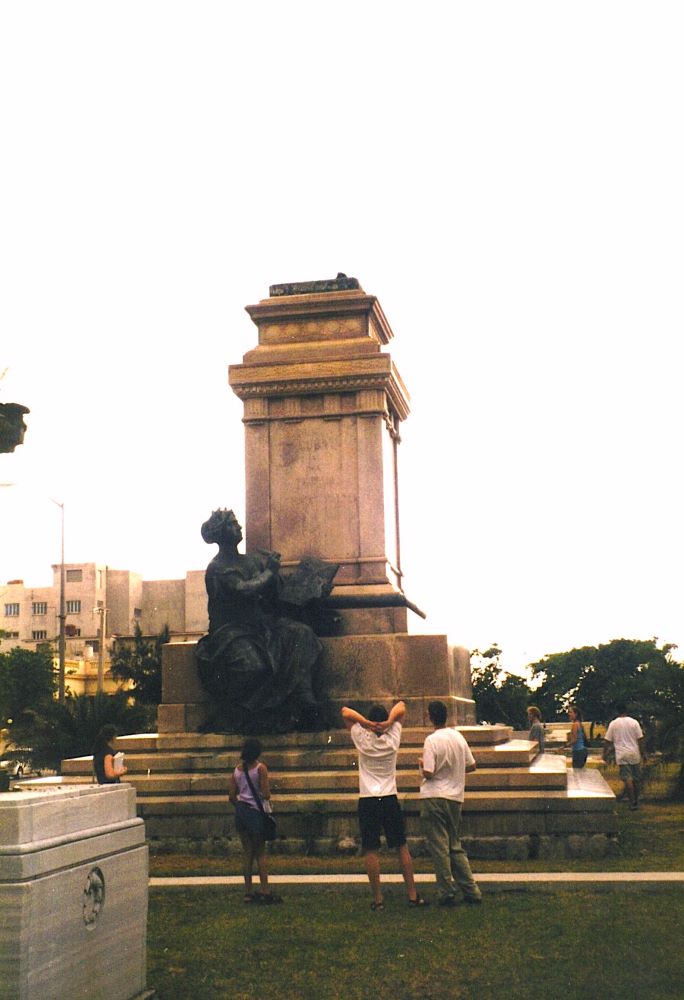On a single night in 1961, the Cuban Communist Party carried out a “lightning operation” that physically removed all evidence from Havana’s iconic monuments of what leaders considered Cuba’s imperialist past. Famous examples included the toppling of the massive brass eagle that once topped the memorial to the Maine, an American naval vessel. Its destruction (likely caused by an internal explosion) pushed US officials to endorse the 1898 US military intervention in Cuba that stopped the triumph of Cuban rebel forces over Spain and launched decades of US interference in Cuban affairs. Less well-known and more objectionable of many Cubans was the elimination of monuments on Havana’s Avenue of the Presidents to Cuba’s elected republican-era presidents. When operatives in 1961 proved incapable of removing the shoes from the base of the statue of Tomás Estrada Palma, Cuba’s first president, a joke emerged that Don Tomás would have his revenge: to this day, no other item of basic necessity has been less readily available by rationing or for purchase in Communist-ruled Cuba than shoes! HAVANA, MAY 2001.
As this website nears its second year of exploration and reflection on Cuba’s lessons for the world, we also witness the continuing flight of more than half a million Cubans from the island for the United States. Since 2022, Cuba’s oldest-running Communist leaders—such as Raúl Castro, Ramiro Valdés, and others—have presided over a visibly consolidated crony-capitalist state defended by a tiny political elite and a massive security apparatus. Self-serving policies and recently decreed legal mechanisms for repressing dissent also reflect great historical irony: the very dictatorship of Fulgencio Batista that these leaders once overthrew has flourished anew. Given Cuba’s permanent state of crisis and the oddly stagnant policies of the last two US administrations, this Fotodiario edition of our website looks back at the Special Period, the post-Soviet era of the 1990s and early 2000s, that plunged all islanders into a watershed crisis of surreal proportions. Gems of the Archive and Ex-Libris celebrate UF’s acquisition of the Eduardo “Guayo” Hernández Collection, an incredible testament to the democratizing role of Cuba’s once-independent journalism. We hope this edition will invoke curiosity, knowledge, analysis, and the courage to debate and consider what kind of change might benefit the most Cubans among all of our Cuban Studies’ viewers.
